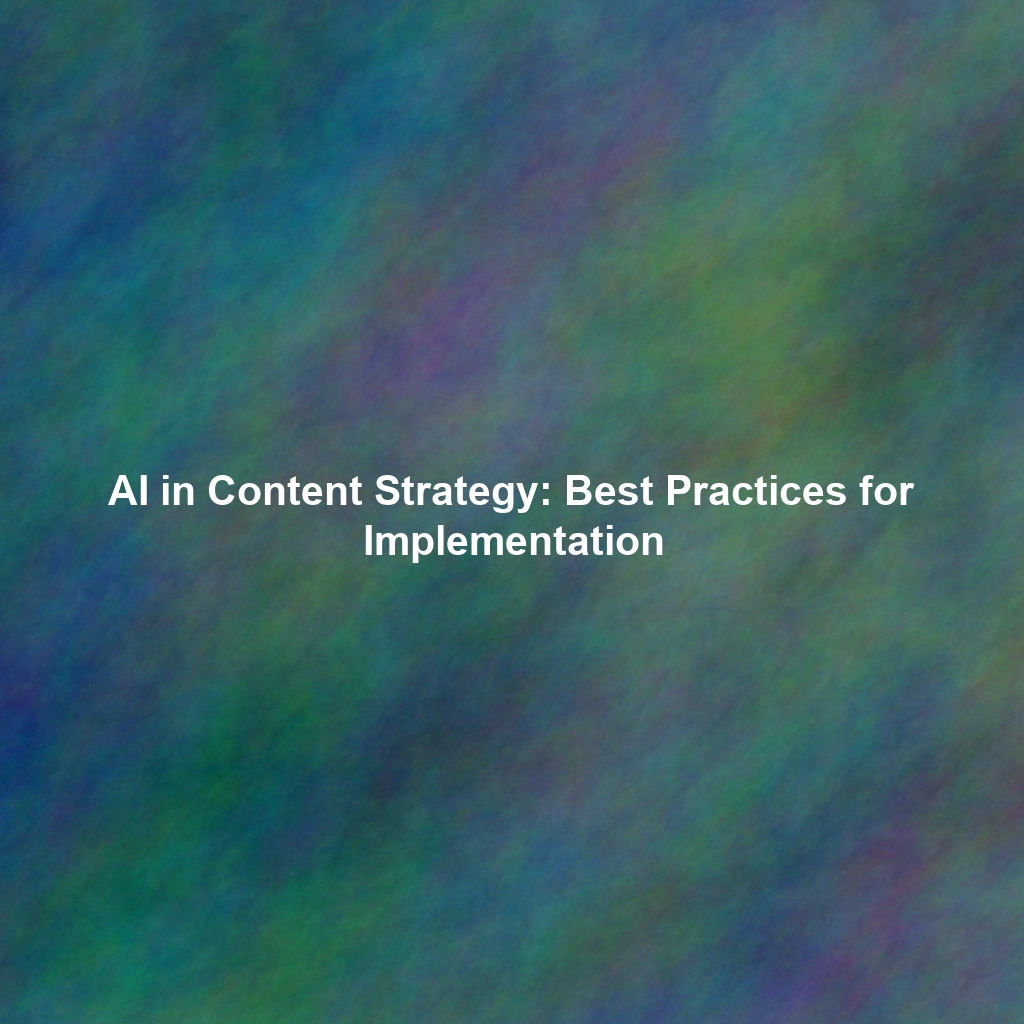In the increasingly competitive landscape of higher education, universities are constantly seeking innovative ways to reach prospective students. While traditional marketing methods still hold value, the rise of digital media has transformed the game. Video marketing, in particular, has emerged as a powerful tool for captivating audiences and conveying the unique essence of an institution. But simply creating videos isn’t enough. To truly maximize its impact, universities must embrace Video SEO – the art of optimizing video content for search engine visibility.
The Power of Video in College Admissions SEO
Why is video so effective? Humans are visual creatures. We process visual information far faster than text, and video offers a more engaging and emotionally resonant experience. For prospective students, choosing a university is a significant life decision. Video allows them to virtually step onto campus, connect with current students, and hear firsthand from faculty – experiences that static brochures and websites can’t fully replicate.
From an SEO perspective, videos can significantly boost a university’s online presence. Search engines like Google favor websites with rich media content, and optimized videos can rank highly in search results, driving more organic traffic to the university’s website. This increased visibility translates into more applications and a stronger overall brand reputation.
Creating Engaging Video Content for Prospective Students
The key to successful Video SEO lies in creating content that resonates with your target audience. Here are some compelling video ideas that can attract prospective students:
Campus Tours: A Virtual Walkthrough
Virtual campus tours are a must-have. These videos should showcase the highlights of your campus, from academic buildings and libraries to dormitories and recreational facilities. Use high-quality visuals, drone footage, and engaging narration to create an immersive experience. Highlight unique features that differentiate your university from others, such as state-of-the-art labs, historic landmarks, or beautiful green spaces.
Student Testimonials: Authentic Voices
Nothing is more persuasive than hearing from current students. Student testimonials provide authentic insights into the university experience, covering academics, extracurricular activities, social life, and overall satisfaction. Encourage students to share their personal stories and explain why they chose your university. These videos should feel genuine and relatable to prospective students.
Faculty Interviews: Expertise and Passion
Showcase the expertise and passion of your faculty members through interviews. These videos can highlight research projects, teaching styles, and mentorship opportunities. Faculty interviews not only demonstrate the quality of education but also provide a glimpse into the intellectual environment of the university. Focus on professors who are engaging, approachable, and passionate about their field.
Program Overviews: In-Depth Exploration
Create videos that provide detailed overviews of your academic programs. These videos should cover the curriculum, learning outcomes, career opportunities, and research possibilities within each program. Consider featuring current students or alumni who have benefited from the program. This helps prospective students understand the value and relevance of your academic offerings.
Events and Activities: A Glimpse into Campus Life
Showcase the vibrant campus life through videos of events and activities. This can include sporting events, concerts, cultural festivals, club meetings, and volunteer opportunities. These videos demonstrate the social and extracurricular opportunities available to students, creating a sense of community and belonging.
Optimizing Videos for Search Engines: Mastering Video SEO
Creating great video content is only half the battle. To truly maximize its impact, you need to optimize it for search engines. Here are some key Video SEO strategies:
Keyword Research: Understanding Your Audience’s Needs
Start by identifying the keywords that prospective students are using to search for universities. Use keyword research tools to find relevant terms related to your programs, location, and unique features. Incorporate these keywords into your video titles, descriptions, and tags.
Compelling Titles and Descriptions: Grabbing Attention
Craft attention-grabbing titles and descriptions that accurately reflect the content of your videos. Include relevant keywords to improve search engine visibility. Keep titles concise and engaging, and write detailed descriptions that provide context and encourage viewers to watch.
Strategic Tagging: Enhancing Discoverability
Use a variety of relevant tags to categorize your videos and improve their discoverability. Include keywords related to the video’s topic, location, and target audience. Don’t over-tag, but ensure you cover all the essential aspects of the video’s content.
Video Sitemaps: Helping Search Engines Find Your Videos
Create a video sitemap and submit it to search engines. This helps search engines crawl and index your videos more effectively, improving their visibility in search results. A video sitemap provides information about your videos, such as their title, description, and URL.
Embedding Videos on Relevant Landing Pages: Boosting Engagement
Embed your videos on relevant landing pages on your university’s website. This increases engagement and provides valuable information to prospective students. For example, embed a program overview video on the corresponding program page. Make sure the surrounding content complements the video.
Transcript and Closed Captions: Accessibility and SEO
Add transcripts and closed captions to your videos. This makes your content accessible to a wider audience, including those who are deaf or hard of hearing. Transcripts also provide search engines with more text to crawl and index, further improving your video’s SEO.
Measuring and Analyzing Video Performance
Track the performance of your videos using analytics tools. Monitor metrics such as views, watch time, engagement rate, and traffic sources. Use this data to understand what’s working and what’s not, and adjust your video strategy accordingly. A/B test different titles, thumbnails, and descriptions to optimize your videos for maximum impact.
Conclusion
In the competitive world of college admissions, leveraging Video SEO is no longer optional – it’s essential. By creating engaging video content and optimizing it for search engines, universities can effectively showcase their unique offerings, attract prospective students, and build a strong online presence. Embracing visual storytelling is a powerful way to connect with the next generation of students and ensure a thriving future for your institution. By investing in video and carefully considering SEO principles, universities can significantly improve their enrollment rates and brand recognition.
 Skip to content
Skip to content
